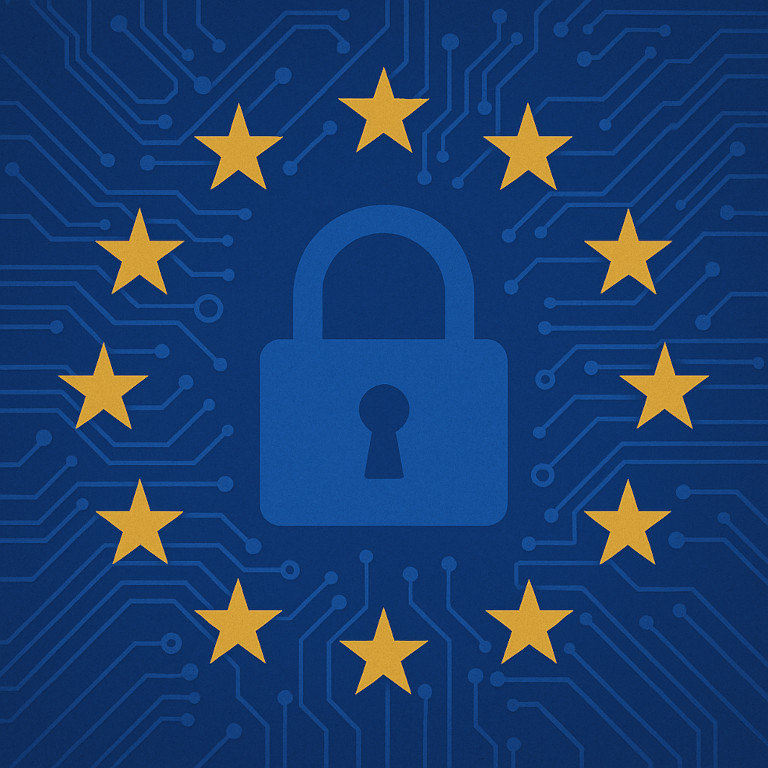Introduction
On 2 August 2025, the European Union’s AI Act reaches a major milestone: the first binding transparency and copyright obligations for General-Purpose AI (GPAI) models take effect. These rules are the first concrete compliance requirements for providers of large-scale, general-purpose models in the EU.
What Are GPAI Models?
- Definition: GPAI models are AI systems that can serve multiple purposes (e.g., language, multimodal tasks such as text-to-image or text-to-video).
- Systemic Risk: The Act introduces additional obligations for the most powerful models that cross compute thresholds, recognizing them as models with “systemic risk.”
New Obligations Starting 2 August 2025
- Public Summary of Training Data
Providers must publish a high-level summary of the datasets used for training, including source categories.
EU Commission – Transparency rules - Technical Documentation
Clear documentation of model capabilities, limitations, and intended use cases must be made available. - Copyright Compliance
Training must respect copyright law. Providers must ensure rights holders are protected. - Additional Duties for High-Risk GPAI
For models with systemic risk: risk assessments, red-teaming, cybersecurity measures, and incident reporting are mandatory.
Transitional Provisions
- Existing GPAI models already on the market before 2 August 2025 have until 2 August 2027 to comply with the obligations.
Dentons – EU AI Act implementation
Implications for Industry
- Providers of GPAI face new compliance costs: creating documentation, publishing data summaries, and conducting risk evaluations.
- Deployers (companies using GPAI systems) will also need to evaluate whether they fall under certain obligations if they fine-tune or commercialize models.
- Transparency: Businesses and the public will gain more visibility into how large AI models are built and trained.
- Legal Risks: Non-compliance may lead to regulatory action, fines, or restrictions on market access.
Challenges Ahead
- Data Summaries: How detailed should the public training data summaries be?
- Systemic Risk Thresholds: Providers are still seeking clarity on compute cutoffs and benchmarks.
- Oversight vs. Innovation: Balancing strict transparency with competitiveness remains a challenge for EU regulators and industry.
Conclusion
The EU AI Act’s transparency rules for GPAI mark the start of a new regulatory era in Europe. By demanding openness on training data, technical documentation, and compliance with copyright, the EU is setting global standards for AI accountability. Providers who adapt early will not only ensure compliance but may also build stronger trust with users and regulators.

